There’s a major player in the autonomous, electric car industry that may just outpace transportation mogul Tesla. Faraday Future, an American start-up focused on developing intelligent electric vehicles, just unveiled its first self-driving supercar called the FF91.
Faraday Future states that the vehicle’s 130 kWh battery delivers a range of 378 miles on a single charge. Additionally, 10 cameras, 13 radar sensors, and 12 ultrasonic sensors help power the vehicle’s autonomous abilities.
But Nick Samson, Faraday Future’s senior vice president of engineering, says that the FF91 is “more than just a car,” rather an “intelligent entity.”
In addition to the batter and self-driving tech, the FF91 boasts an infotainment system that allows passengers to watch TV based on your preferences, which are known by the car due to an online profile.


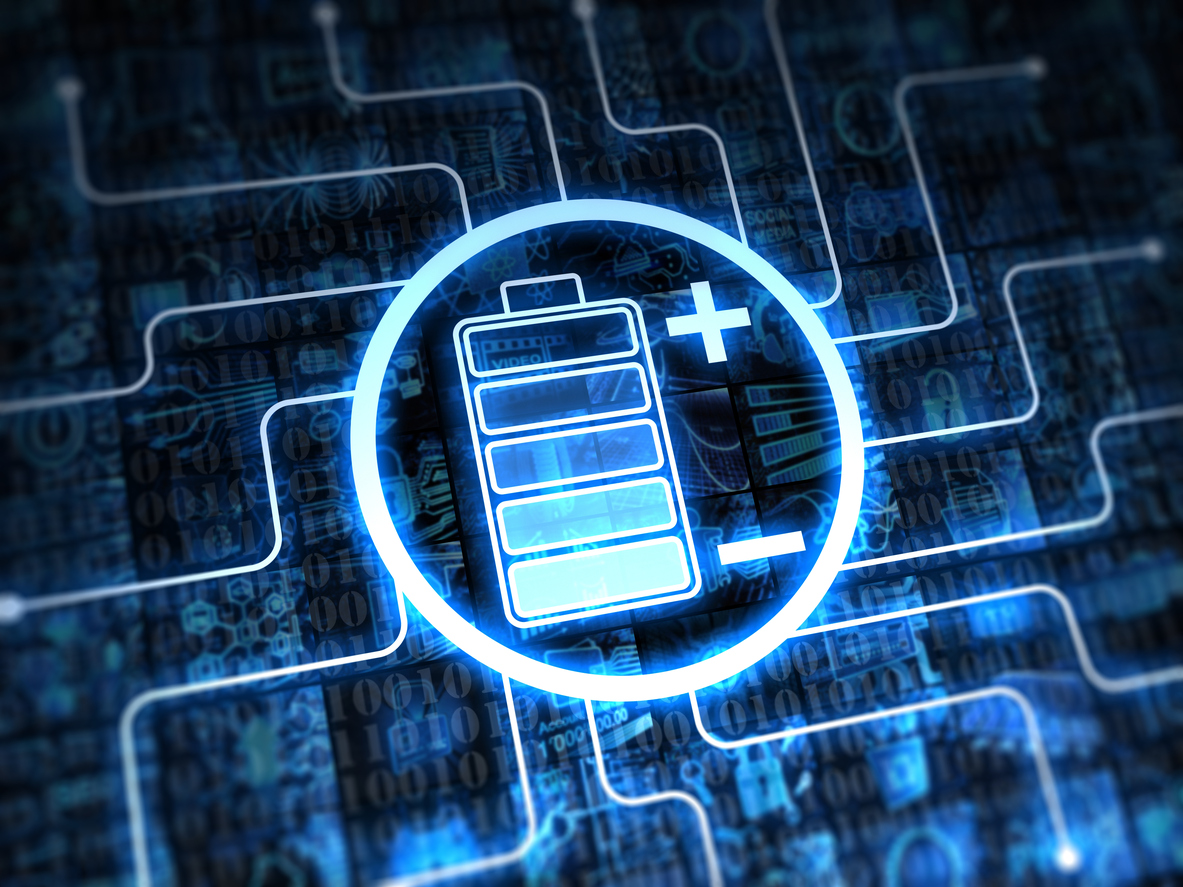 Lithium-ion batteries supply billions of portable devices with energy. While current Li-ion battery designs may be sufficient for applications such as smartphones and tablets, the rise of electric vehicles and power storage systems demands new battery technology with new electrode materials and electrolytes.
Lithium-ion batteries supply billions of portable devices with energy. While current Li-ion battery designs may be sufficient for applications such as smartphones and tablets, the rise of electric vehicles and power storage systems demands new battery technology with new electrode materials and electrolytes. Recent safety concerns with lithium-ion batteries exploding in devices such as the Samsung Galaxy Note 7 phone and
Recent safety concerns with lithium-ion batteries exploding in devices such as the Samsung Galaxy Note 7 phone and  Just over ten years ago, the number of electric vehicles on the road could be counted in the hundreds. Now, more than
Just over ten years ago, the number of electric vehicles on the road could be counted in the hundreds. Now, more than 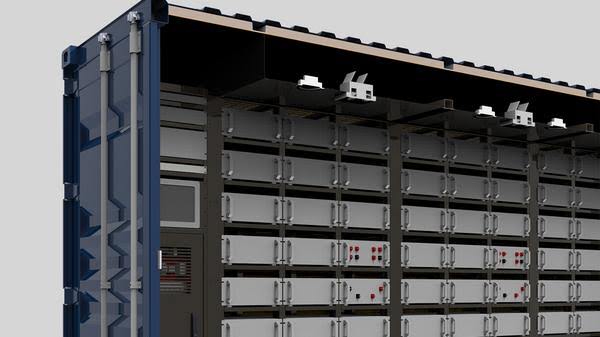
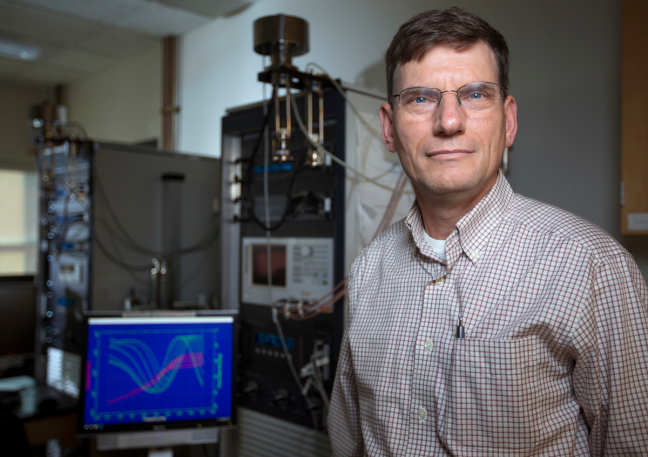
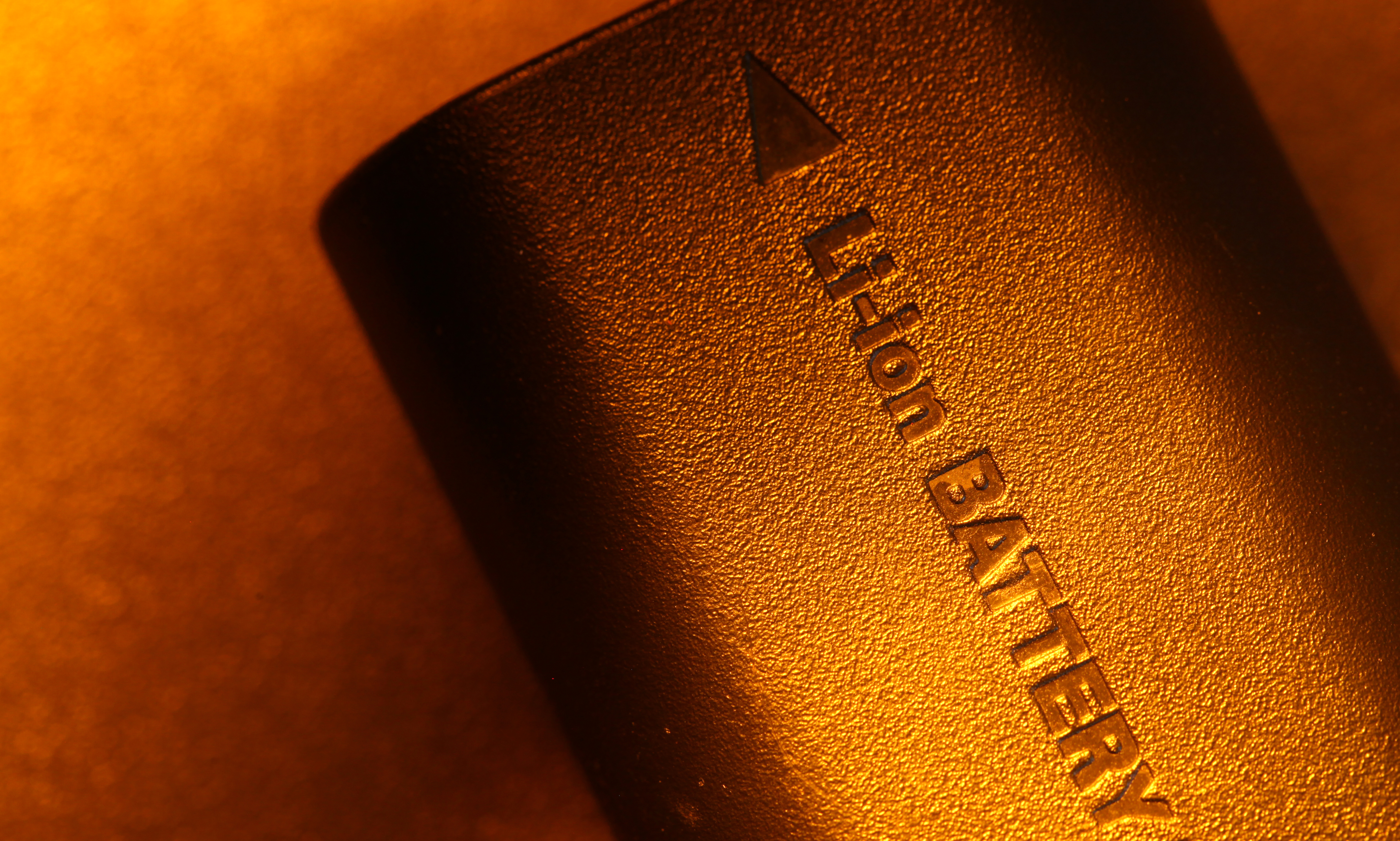
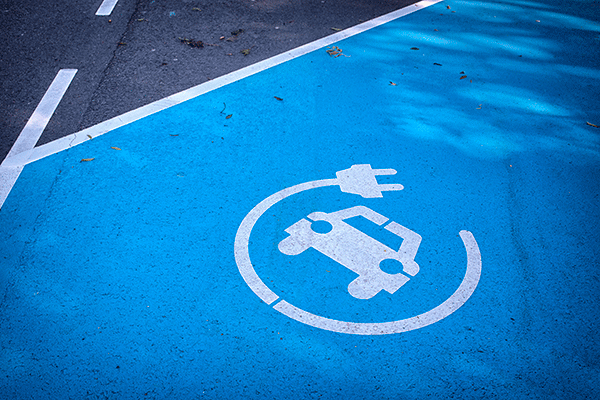 In 2005, the number of electric vehicles on the road could be measured in the hundreds. Over the years, researchers have made technological leaps in the field of EVs. Now, we’ve exceeded a global threshold of
In 2005, the number of electric vehicles on the road could be measured in the hundreds. Over the years, researchers have made technological leaps in the field of EVs. Now, we’ve exceeded a global threshold of